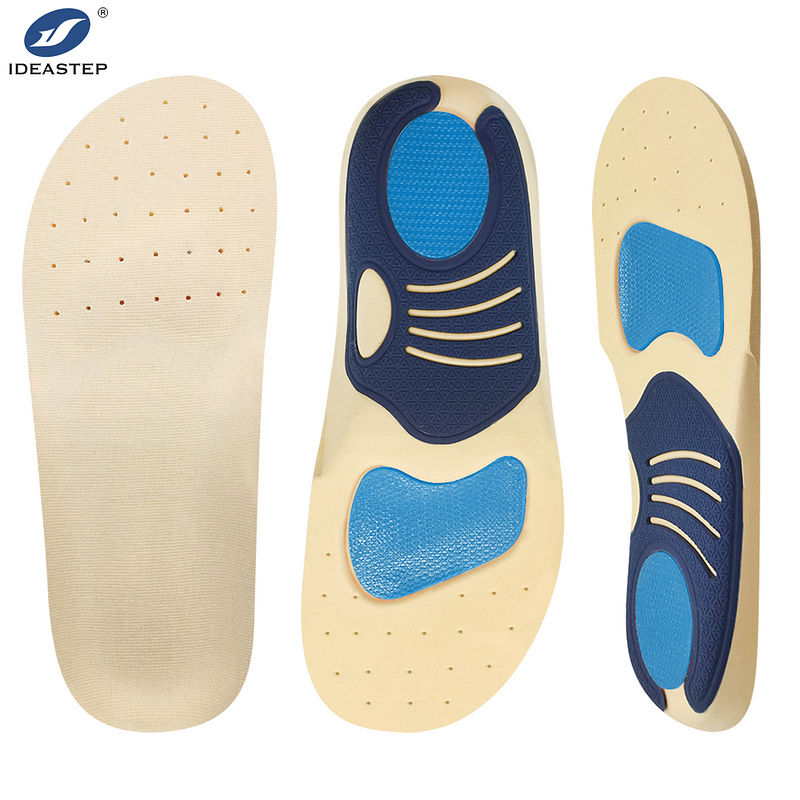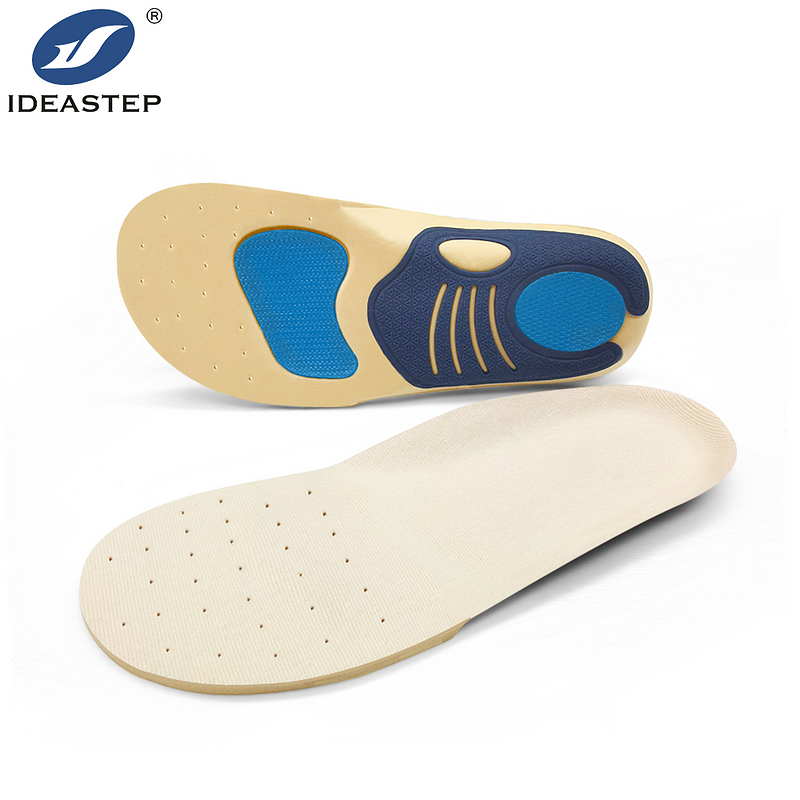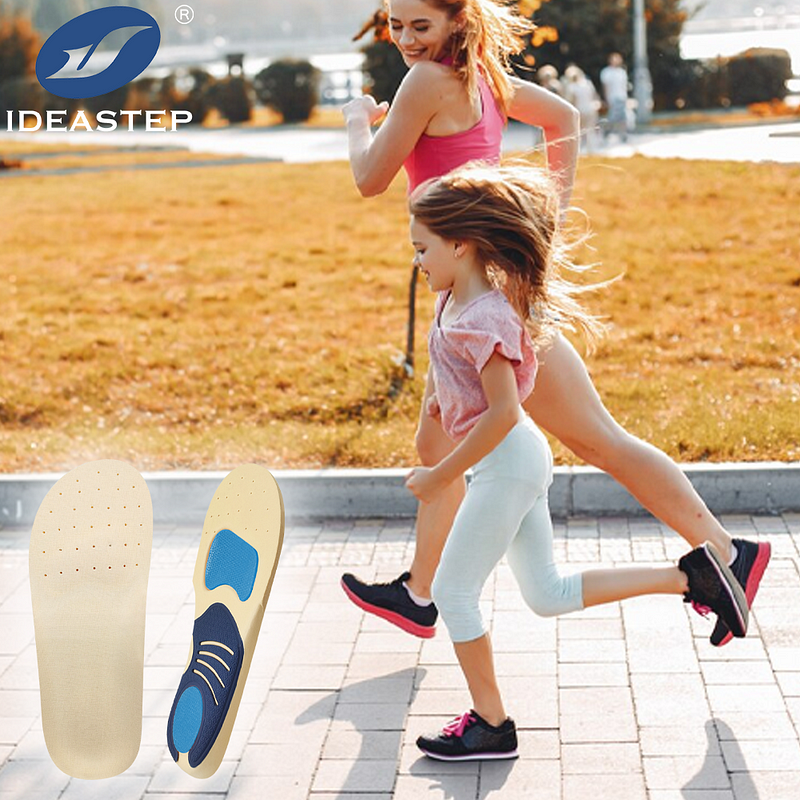Orthotic insoles for children play a crucial role in ensuring proper foot development. By providing support and correcting alignment issues, these insoles can prevent future problems and enhance overall comfort.
Introduction
Orthotic insoles are designed to support the feet and correct alignment issues, especially important for children whose feet are still developing. Proper foot development in childhood is vital as it can influence overall posture, balance, and mobility throughout life. This article delves into how orthotic insoles can aid in correcting foot development in children, the common issues they address, and how to choose the right insoles for your child.

Importance of Correct Foot Development
Foot development in children is a complex process that involves the growth and formation of bones, muscles, and ligaments. Proper alignment and support are crucial during this developmental stage to prevent issues such as flat feet, pronation, or other gait abnormalities. If left unaddressed, these issues can lead to discomfort and problems in the knees, hips, and lower back as the child grows.
How Orthotic Insoles Help
Orthotic insoles provide several benefits for children’s foot development:
1. Support and Alignment
Orthotic insoles help maintain proper foot alignment by providing support to the arches. This is essential for children who have flat feet or high arches. By improving alignment, orthotic insoles can help in reducing pain and preventing future musculoskeletal issues.
2. Pain Relief
Children who experience foot pain or discomfort can benefit greatly from orthotic insoles. These insoles cushion the feet and reduce pressure on sensitive areas, which can alleviate pain and enhance comfort during daily activities.
3. Preventative Care
Using orthotic insoles can be a proactive measure to prevent the development of more serious foot problems. By addressing minor alignment issues early, parents can help avoid more complex issues as their child grows.

Choosing the Right Orthotic Insoles
Selecting the right orthotic insoles for your child involves several considerations:
1. Consult a Specialist
Before purchasing orthotic insoles, it’s important to consult with a podiatrist or orthopedic specialist. They can assess your child’s foot structure and gait to recommend the most appropriate type of insole.
2. Consider the Material
Orthotic insoles come in various materials, including foam, gel, and cork. Each material offers different levels of cushioning and support. Choose an insole that provides adequate support while ensuring comfort for your child.
3. Ensure Proper Fit
Proper fit is crucial for the effectiveness of orthotic insoles. Insoles should fit comfortably within the child’s shoes without causing additional pressure or discomfort. Ensure that the insoles are the correct size and shape for your child’s feet.

Common Foot Problems Addressed by Orthotic Insoles
Orthotic insoles can help manage a variety of foot problems commonly seen in children:
1. Flat Feet
Flat feet occur when the arch of the foot collapses, causing the entire foot to come into contact with the ground. Orthotic insoles provide arch support to correct this issue and promote proper alignment.
2. Overpronation
Overpronation happens when the foot rolls inward excessively during walking or running. This can lead to foot and ankle pain. Orthotic insoles help stabilize the foot and prevent excessive inward rolling.
3. High Arches
Children with high arches often experience discomfort due to inadequate shock absorption. Orthotic insoles offer cushioning and support to alleviate pain associated with high arches.

FAQ
1. How often should I replace orthotic insoles?
Orthotic insoles should be replaced regularly, typically every 6 to 12 months, depending on wear and tear. Regular replacement ensures continued effectiveness and support.
2. Can orthotic insoles be used in any type of shoe?
Most orthotic insoles are designed to fit a wide range of shoe types. However, it’s important to ensure that the insole fits well within the shoe and does not cause discomfort. Some shoes may require specific types of insoles.
3. Are there any side effects of using orthotic insoles?
Generally, orthotic insoles are safe and effective. However, if your child experiences any discomfort or pain, it is important to consult a specialist to adjust the insoles or consider alternative solutions.

Conclusion
Orthotic insoles are a valuable tool in supporting and correcting foot development in children. By providing the necessary support and alignment, these insoles help prevent and alleviate common foot problems, ensuring a healthier and more comfortable future for your child. Always consult with a specialist to choose the most appropriate orthotic insoles and ensure proper fit and effectiveness.
